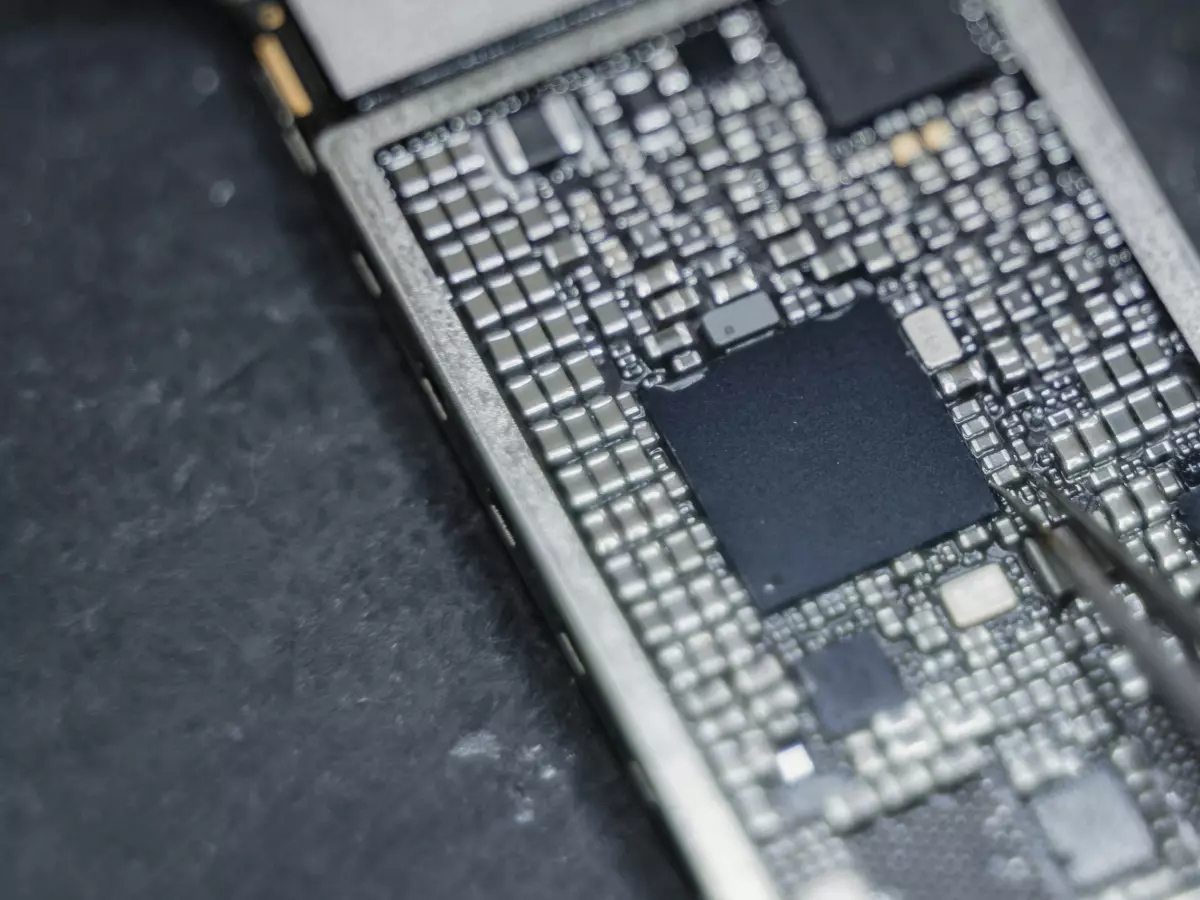Modem Magic
Ever wondered how your smartphone stays connected to the internet, even when you're on the move? It’s not just magic—it’s your smartphone modem working overtime.

By Kevin Lee
Let’s be real: when we think about smartphone hardware, we usually focus on the flashy stuff—cameras, processors, displays. But there’s one unsung hero that keeps your phone connected to the world, and it’s quietly working behind the scenes: the modem. It’s the backbone of your phone’s connectivity, responsible for making sure you can stream, browse, and call without a hitch. Yet, most of us barely give it a second thought.
So, what exactly is a smartphone modem? In short, it’s the component that allows your phone to communicate with cellular networks. Without it, your phone would be a glorified camera or a fancy calculator. Whether you’re scrolling through TikTok, streaming Netflix, or sending a work email, your modem is the one making sure that data gets where it needs to go. But let’s dive deeper into how this little piece of tech works and why it’s so crucial to your mobile experience.
The Basics: What Does a Modem Do?
At its core, a modem (short for modulator-demodulator) converts digital data from your phone into signals that can be transmitted over a cellular network. It also does the reverse, converting signals from the network back into data your phone can understand. Think of it as a translator between your phone and the outside world. Without a modem, your phone would be like a person trying to communicate in a foreign language without a translator—completely lost.
But modems don’t just handle one type of signal. They’re responsible for managing multiple types of communication, including voice calls, text messages, and mobile data. Whether you’re on a 5G network or still rocking 4G LTE, your modem is the one making sure you stay connected. And as networks evolve, so do modems, with each new generation offering faster speeds and more reliable connections.
5G: The Modem’s Time to Shine
Speaking of new generations, let’s talk about 5G. If you’ve upgraded to a 5G phone, you’ve probably noticed faster download speeds and smoother streaming. That’s all thanks to the modem. 5G modems are designed to handle the increased bandwidth and lower latency that come with next-gen networks. They can juggle more data at once, meaning you can download a full movie in seconds or play online games with virtually no lag.
But 5G isn’t just about speed. It’s also about efficiency. 5G modems are built to be more power-efficient, meaning they can handle all that extra data without draining your battery as quickly. And as 5G networks continue to roll out, modems will only get more advanced, offering even faster speeds and more reliable connections.
Carrier Aggregation: The Secret Sauce for Faster Speeds
Ever wondered how your phone manages to stay connected even when you’re in a crowded area or on the move? That’s where carrier aggregation comes in. This is a feature built into modern modems that allows them to combine multiple frequency bands to create a faster, more stable connection. Think of it like adding more lanes to a highway—more lanes mean less traffic and faster speeds.
Carrier aggregation is especially important in areas with a lot of network congestion, like stadiums or city centers. By combining multiple bands, your modem can avoid bottlenecks and keep your connection running smoothly. It’s one of those behind-the-scenes features that you probably don’t even notice, but it makes a huge difference in your mobile experience.
Dual SIM Modems: Juggling Two Networks at Once
If you’ve ever used a phone with dual SIM capabilities, you’ve experienced the magic of a dual SIM modem. These modems are designed to handle two different networks at the same time, allowing you to switch between carriers or use one SIM for calls and another for data. This is especially useful for frequent travelers or people who need to manage both personal and work numbers on the same device.
But dual SIM modems aren’t just about convenience. They’re also about efficiency. By managing two networks simultaneously, these modems can help you avoid roaming charges or take advantage of better coverage in different areas. It’s like having two phones in one, without the extra bulk.
Why Modem Quality Matters
Not all modems are created equal. The quality of your modem can have a big impact on your overall mobile experience. A high-quality modem will offer faster speeds, more reliable connections, and better power efficiency. On the flip side, a low-quality modem can lead to dropped calls, slow data speeds, and poor battery life.
When choosing a new smartphone, most people focus on the processor or camera, but the modem is just as important. If you’re someone who relies on your phone for work or entertainment, investing in a phone with a high-quality modem can make a world of difference. It’s the difference between buffering and seamless streaming, between dropped calls and crystal-clear conversations.
The Future of Smartphone Modems
As networks continue to evolve, so will modems. We’re already seeing the rise of 5G, but what comes next? Some experts predict that 6G networks could be on the horizon, offering even faster speeds and more advanced features. And with each new generation of networks, modems will need to keep up, offering better performance and more efficient power usage.
But it’s not just about speed. Future modems could also offer improved security features, helping to protect your data as it travels across networks. As we become more reliant on our smartphones for everything from banking to healthcare, having a secure, reliable modem will be more important than ever.
So next time you’re shopping for a new phone, don’t just focus on the camera or the processor. Take a moment to appreciate the modem—the unsung hero that keeps you connected to the world.




